49240 scan0015 (8)
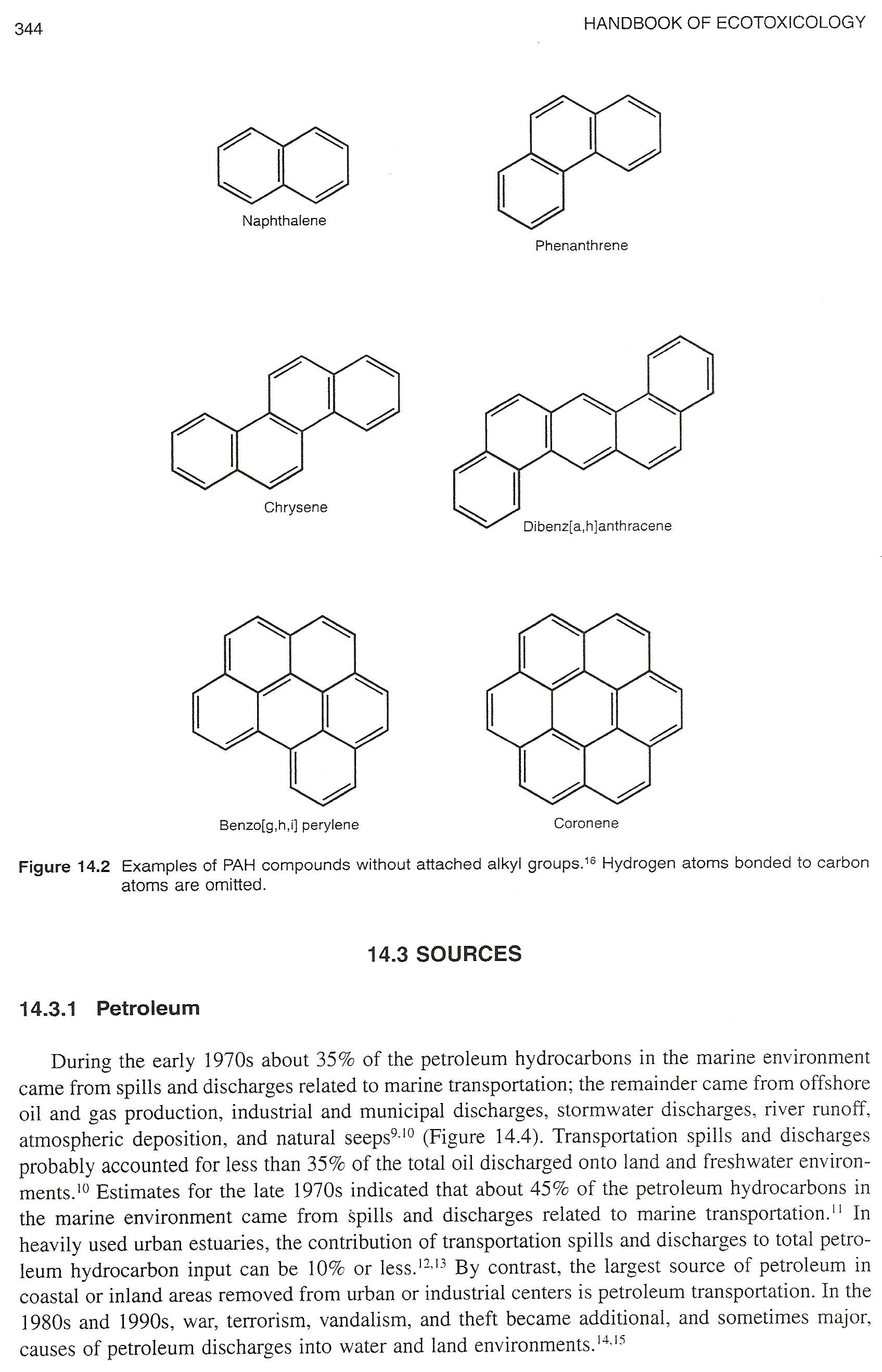
344
HANDBOOK OF ECOTOXICOLOGY

Naphthalene

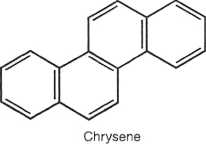
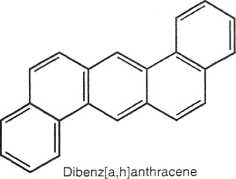
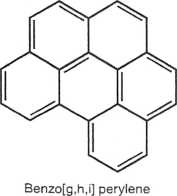
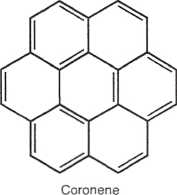
Figurę 14.2 Examples of PAH compounds without attached alkyl groups.16 Hydrogen atoms bonded to carbon atoms are omitted.
14.3 SOURCES
14.3.1 Petroleum
During the early 1970s about 35% of the petroleum hydrocarbons in the marinę environment came from spills and discharges related to marinę transportation; the remainder came from offshore oil and gas production, industrial and municipal discharges, stormwater discharges, river runoff, atmospheric deposition, and natural seeps9-10 (Figurę 14.4). Transportation spills and discharges probably accounted for less than 35% of the total oil discharged onto land and freshwater environ-ments.10 Estimates for the late 1970s indicated that about 45% of the petroleum hydrocarbons in the marinę environment came from spills and discharges related to marinę transportation." In heavily used urban estuaries, the contribution of transportation spills and discharges to total petroleum hydrocarbon input can be 10% or less.12-13 By contrast, the largest source of petroleum in Coastal or inland areas removed from urban or industrial centers is petroleum transportation. In the 1980s and 1990s, war, terrorism, vandalism, and theft became additional, and sometimes major, causes of petroleum discharges into water and land environments.1415
Wyszukiwarka
Podobne podstrony:
scan0017 (7) 346 HANDBOOK OF ECOTOXICOLOGY Figurę 14.4 Sources of petroleum and PAHs in the environm
18599 scan0013 (9) 342 HANDBOOK OF ECOTOXICOLOGY14.1 INTRODUCTION Crude petroleum, refined petroleum
scan0021 (5) 350 HANDBOOK OF ECOTOXICOLOGY In water the toxicity cif individual PAHs to plants and a
24139 scan0019 (6) 348 HANDBOOK OF ECOTOXICOLOGY (bacterła, yeast, filamentous fungi) in the water m
SCAN0048 CHAPTER 4 T Retina 77 Perifoveal area FIGURĘ 4-19 Regions of retina and corresponding histo
SCAN0046 CHAPTER 4 T Retina 59 Spherule Pedicle A FIGURĘ 4-3 A, Photoreceptor cells. Portions of Mul
243Occupałional hijimes and Infections Betwecn 1975 and 1981 in Scotland therc were 344 reports of o
więcej podobnych podstron